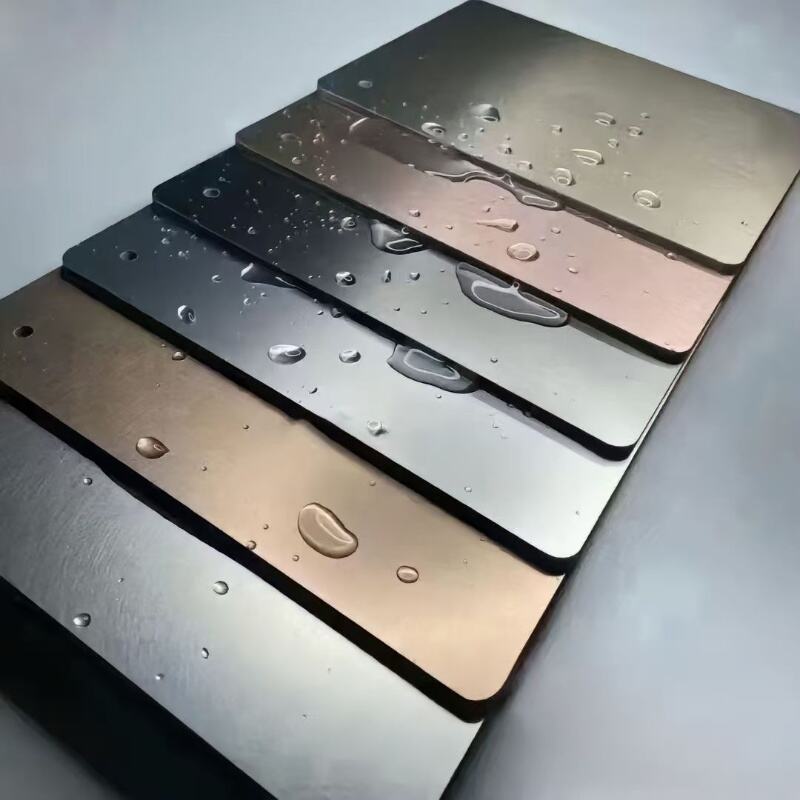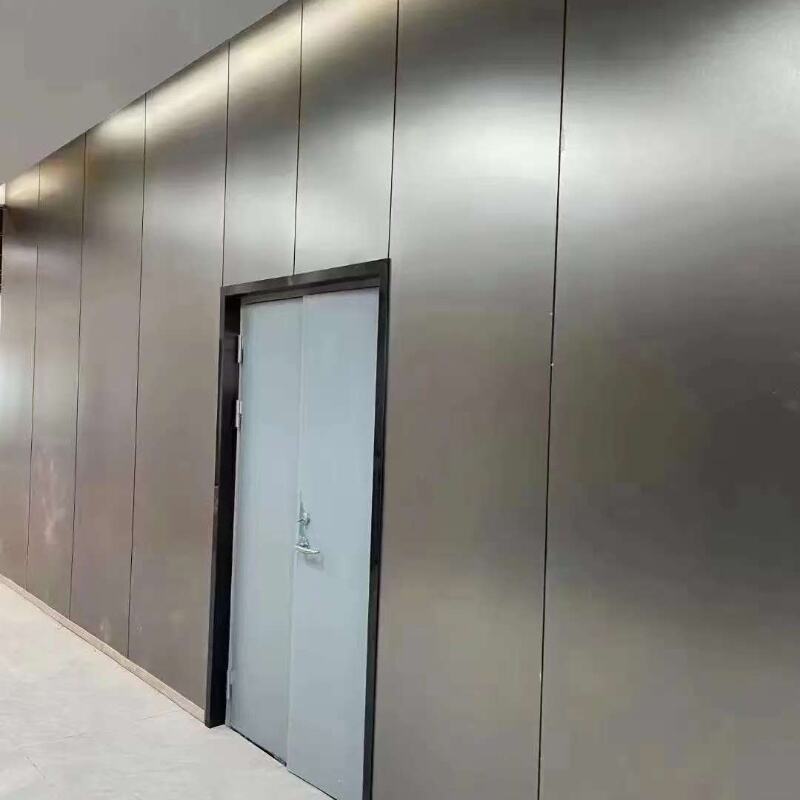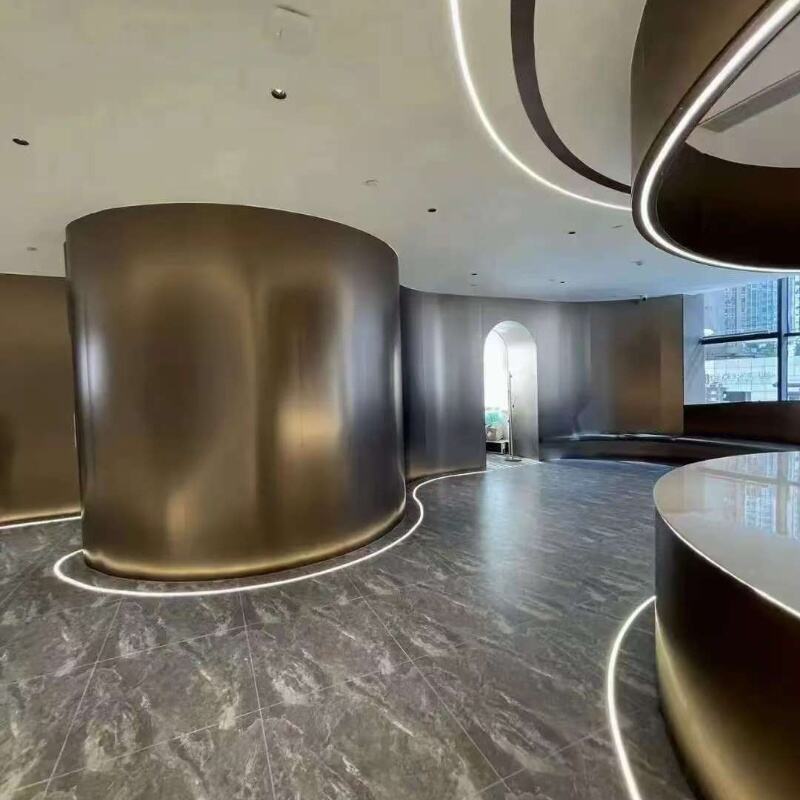Bamboo charcoal decorative materials merge functionality with sustainability, offering unique benefits that extend beyond traditional decorative elements. Derived from bamboo that is carbonized at high temperatures (typically 800–1000°C) in an oxygen free environment, bamboo charcoal retains the porous structure of bamboo while gaining exceptional adsorption properties, making it a versatile material for both aesthetic and air purifying applications. The core advantage of bamboo charcoal decorative materials lies in their ability to improve indoor air quality. The porous structure of bamboo charcoal creates a large surface area that effectively adsorbs harmful substances, including formaldehyde, benzene, volatile organic compounds (VOCs), and odors—common pollutants from furniture, paints, and cleaning products. This makes them ideal for spaces like bedrooms, nurseries, and living rooms, where air quality directly impacts health and comfort. Additionally, bamboo charcoal regulates humidity by absorbing excess moisture and releasing it when the air is dry, preventing mold growth and maintaining a balanced indoor environment, particularly beneficial in humid climates or poorly ventilated spaces. Aesthetically, these materials offer diverse design options. Bamboo charcoal is integrated into various decorative forms, including wall panels, tiles, decorative bricks, textiles, and even art installations. It is often combined with other natural materials like bamboo fiber, wood, or stone, creating textures and finishes that range from rustic to modern. The natural gray black hue of bamboo charcoal adds a sophisticated, earthy tone to interiors, complementing neutral color schemes or serving as a striking contrast in bold designs. Some products feature carved patterns or 3D textures, enhancing their visual appeal while maintaining functionality. Sustainability is inherent to bamboo charcoal decorative materials. Bamboo is a fast growing, renewable resource that requires minimal water and no pesticides, and charcoal production uses waste bamboo (stems, branches) that would otherwise be discarded, reducing waste. The carbonization process is energy efficient compared to synthetic air purifying materials, and the materials are biodegradable at the end of their lifespan, minimizing environmental impact.



Copyright © 2025 by Shandong Falading New Decoration Material Co., Ltd. | Privacy policy